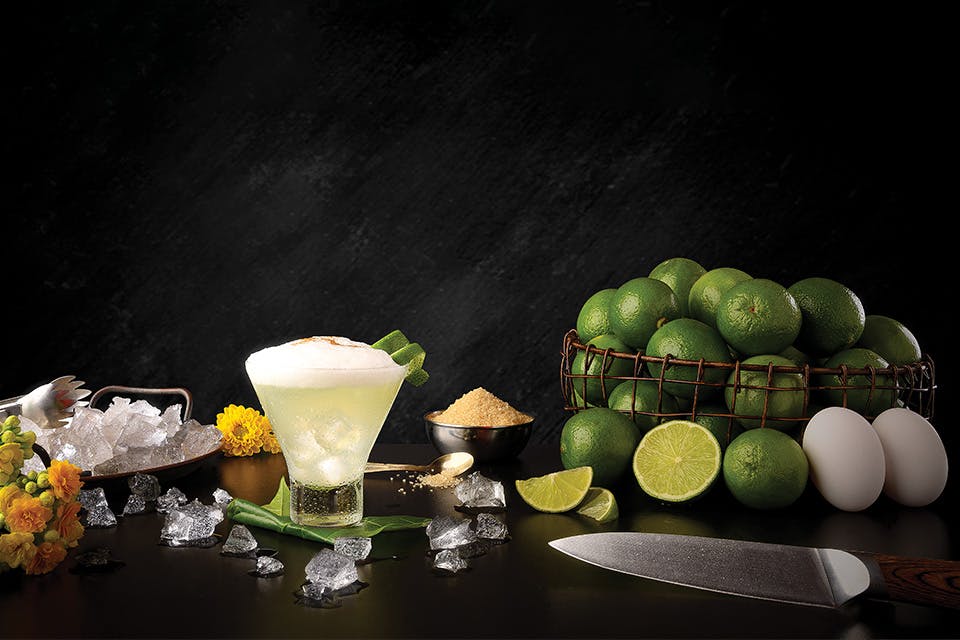Food + Drink
That’s the Spirit: Pisco
When you think of fermented grapes, wine may come to mind. However, grapes can also yield Pisco, a clear brandy with herbaceous, floral and fruity notes similar to tequila.
Related Articles

Tiki Bar Keeps Legacy of Columbus’ Kahiki Burning
Huli Huli Tiki Lounge in Powell embraces the spirit of the legendary spot and even has one of its Moai out front. READ MORE >>

Go Beyond Spirits at These Ohio Distilleries
Embrace the gift of togetherness at these seven spots across the state that offer trivia, classes and and more in addition to great drinks. READ MORE >>

How Two Distilleries Give Back to Charity
Celebrate the spirit of giving when you purchase from distilleries that believe in giving back to others as well as making wonderful spirits to enjoy. READ MORE >>



